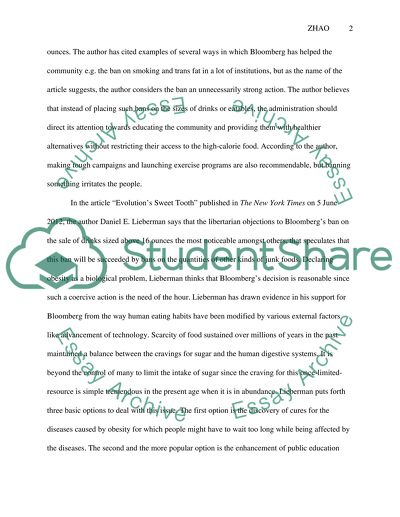Cite this document
(“COMMENTING ON AN EVENT Essay Example | Topics and Well Written Essays - 1750 words”, n.d.)
Retrieved from https://studentshare.org/english/1457305-commenting-on-an-event
Retrieved from https://studentshare.org/english/1457305-commenting-on-an-event
(COMMENTING ON AN EVENT Essay Example | Topics and Well Written Essays - 1750 Words)
https://studentshare.org/english/1457305-commenting-on-an-event.
https://studentshare.org/english/1457305-commenting-on-an-event.
“COMMENTING ON AN EVENT Essay Example | Topics and Well Written Essays - 1750 Words”, n.d. https://studentshare.org/english/1457305-commenting-on-an-event.


